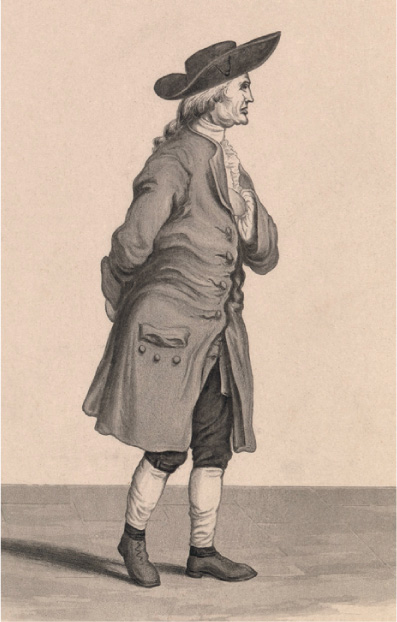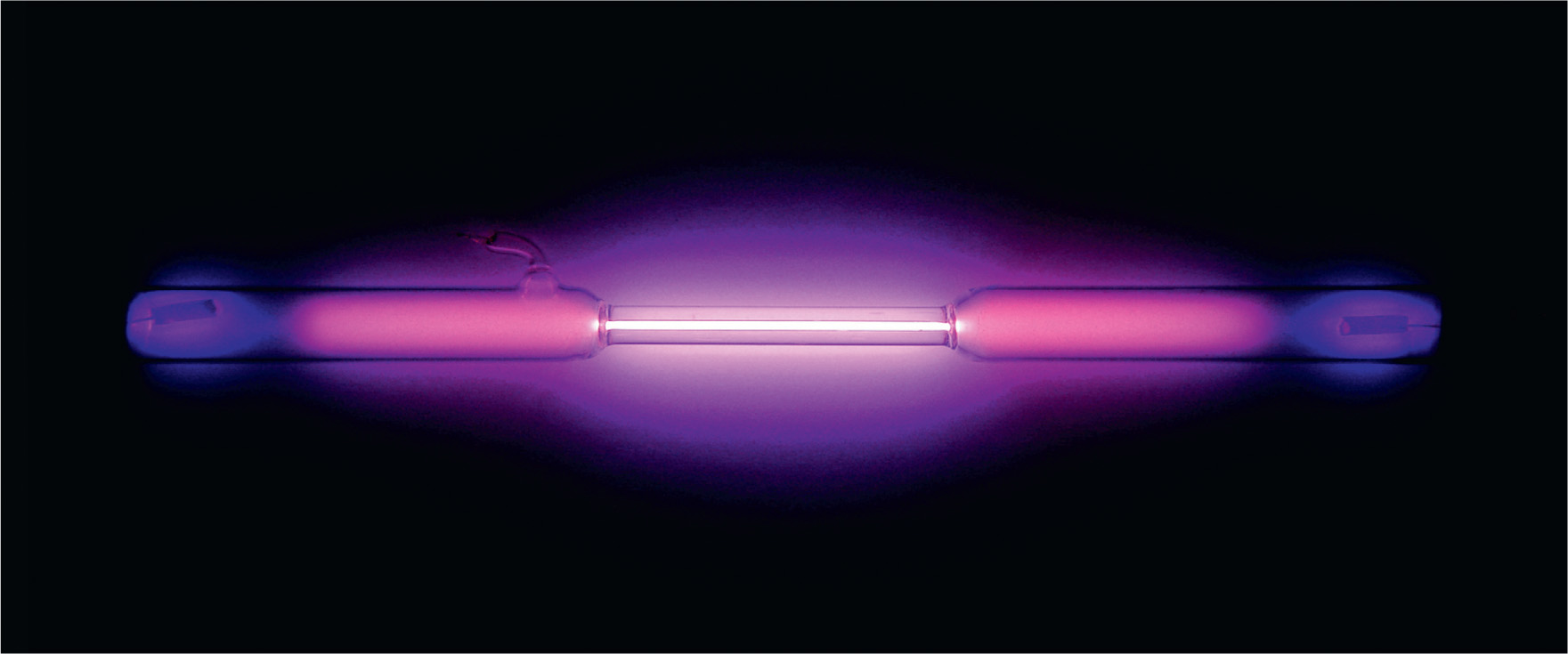
Henry Cavendish (1731–1810).
Sometimes, the fruits of an experiment are a long time ripening – often, because the technology to investigate further has to be developed in order to gain a better understanding of what is going on. That is what happened after Henry Cavendish made a mysterious discovery in the mid-1780s.
Cavendish had been investigating the properties of what he called ‘dephlogisticated air’ (oxygen) and ‘phlogisticated air’ (nitrogen). By making sparks pass through a mixture of these gases, he was able to make what we now know as various oxides of nitrogen. But while carrying out these experiments he noticed something odd. If he started with a sample of air from the atmosphere (which is indeed mostly a mixture of nitrogen and oxygen), even after he had removed all traces of the two gases and all chemical activity had stopped, a small bubble of gas was left behind. This, he noted, was ‘certainly not more than 1/125 of the bulk of the phlogisticated air’, which shows what a skilled experimenter he was, but he had no idea what it could be.

These things stood for more than a century. Then, John William Strutt (the third Baron Rayleigh) was carrying out some accurate experiments to measure the density of different gases, as part of a project to measure atomic weights. Although Rayleigh had been a Professor in Cambridge, by that time he was working at his private laboratory in Terling, in Essex. In 1892 he noticed that the density of nitrogen extracted from the air was slightly greater than the density of nitrogen obtained by breaking down ammonia (NH3) into its component elements. The natural explanation was that there was some impurity in the nitrogen obtained from the air, and Rayleigh urged his colleagues to investigate this.
One of those colleagues, William Ramsay, was working at University College, London, when he attended a lecture given by Rayleigh on 19 April 1894, where the puzzle was highlighted. After talking to Rayleigh, he followed the suggestion up, and by August that year had identified the impurity as a heavy gas, which refused to react with anything chemically, so he called it ‘argon’ (from the Greek word for lazy). It makes up 0.93 per cent of the Earth’s atmosphere, and was the first known example of the so-called inert gases, sometimes known as ‘noble’ gases because they hold themselves aloof from chemical interactions. But as Rayleigh later pointed out, ‘Argon must not be deemed rare. A large hall may easily contain a greater weight of it than a man can carry.’26
In his presidential address to the Royal Society at the beginning of 1895, Lord Kelvin referred to the discovery as the greatest scientific event of the preceding year. Ramsay and Rayleigh published a joint paper on the discovery later in 1895, and Ramsay went on to discover other inert gases, now known as helium, neon, krypton, xenon, and radon.
It was only later that Ramsay realized why Rayleigh’s lecture had struck a chord. In 1904, in the talk Ramsay gave when he received the Nobel Prize in Chemistry for his work, he said: ‘I must have read the well-known account of Cavendish’s classical experiment on the combination of the nitrogen and the oxygen of the air at that date; for in my copy of Cavendish’s life, published by the Cavendish Society in 1849, opposite his statement that on passing electric sparks through a mixture of nitrogen with excess of oxygen, he had obtained a small residue, amounting to not more than 1/125th of the whole, I find that I had written the words ‘look into this ‘. It must have been the latent memory of this circumstance which led me, in 1894, to suggest to Lord Rayleigh a reason for the high density which he had found for ‘atmospheric nitrogen.’27
Ramsay’s Nobel Prize was for chemistry; the same year, Rayleigh received the Nobel Prize for physics, for what was essentially the same work. Rayleigh’s citation read ‘for his investigations of the densities of the most important gases and for his discovery of argon in connection with these studies’, while Ramsay’s read ‘in recognition of his services in the discovery of the inert gaseous elements in air, and his determination of their place in the periodic system’. But the second citation highlights the significance of the discovery, and why it was worthy of such recognition.


The discovery of the inert gases was fundamentally important for the developing understanding of atomic structure. These gases formed a category (or group) of their own in the periodic table of the elements developed by Dmitri Mendeleyev. In the twentieth century, when Niels Bohr developed his explanation of chemistry in terms of atomic structure, the inertness of these gases was explained in terms of the distribution of electrons in their atoms, with the outermost layer, or shell, of electrons being in a stable configuration that does not allow the electrons to link up with other atoms.